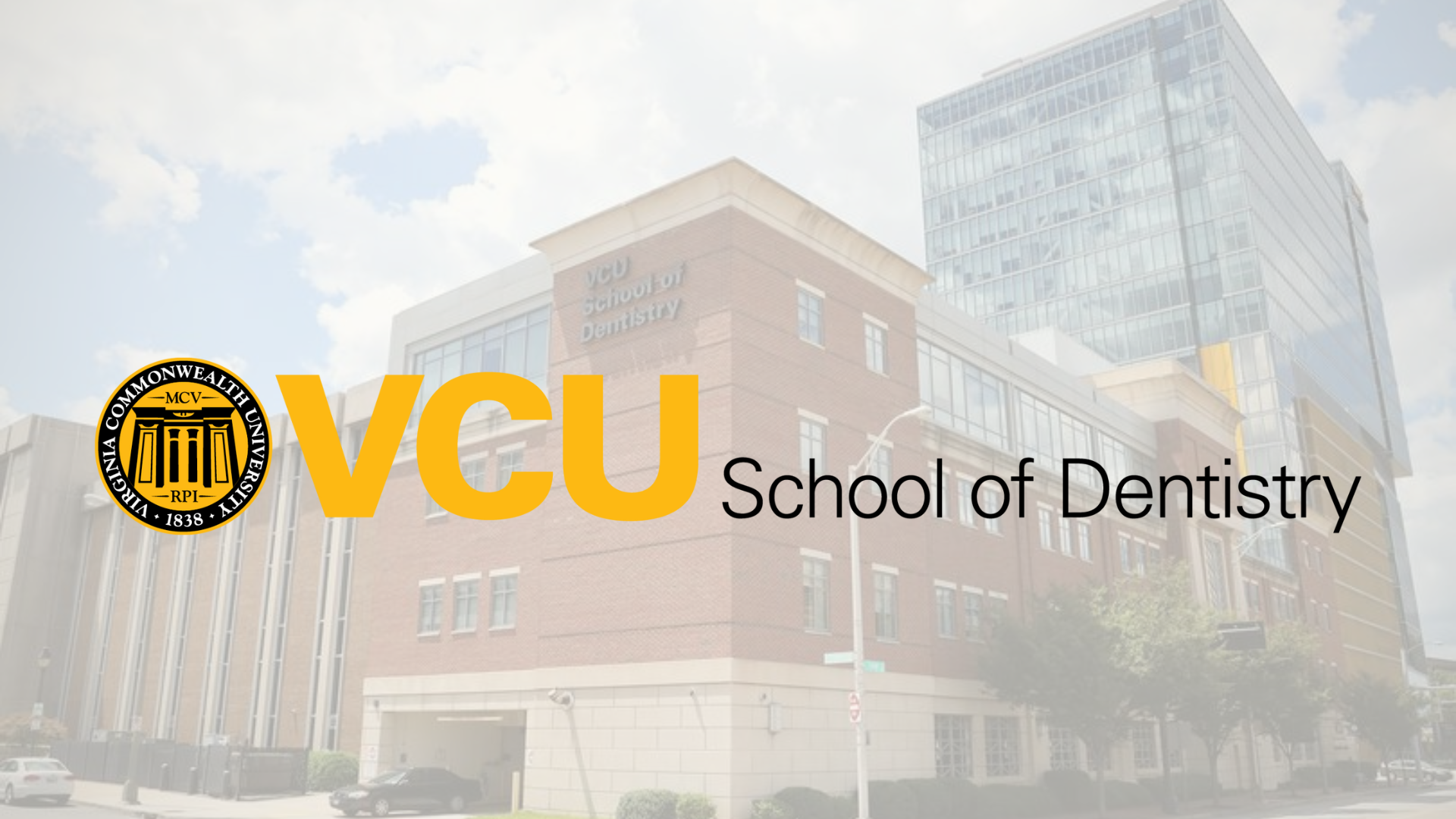 VCU School of Dentistry
VCU School of DentistryCelebrating Juneteenth
A message from Dr. Carlos Smith, director of diversity, equity and inclusion at the VCU School of Dentistry.
The School of Dentistry, under the auspices of both the State of Virginia and the greater Virginia Commonwealth University, recognizes Juneteenth as a state wide and university holiday on June 18, 2021. As part of the School of Dentistry’s continued commitment to diversity, equity and inclusion, we pause to celebrate and honor the Juneteenth holiday. Juneteenth is the oldest known commemoration of the end of slavery in the United States. It marks the day in 1865 that enslaved people in Galveston, Texas, the last of the former Confederate states to abolish slavery, finally heard that the Civil War had ended, and learned that the Emancipation Proclamation had made them free nearly two years earlier. You may wonder, how is this still relevant today?
Many of the health disparities and inequities we find ourselves still combating today have their roots in the well documented historic discriminatory and racist practices and policies of yesterday. The Health Policy Institute of the American Dental Association recently released a multilayered report looking at racial disparities specific to oral health and the oral health workforce. Among the U.S. population, dental care utilization, for all age groups, shows that both Hispanics and Blacks are most likely to face cost barriers to dental care. Other notable findings included:
- That some career choices are influenced by race as well. For example, Black dentists (63%) are more likely to participate in Medicaid than white dentists (39%). About 50% of Hispanics, Asians and other races participate in Medicaid.
- In 2020, white dentists made up 70.2% of the dentist workforce; 18% were Asian; 5.9% were Hispanic; and 3.8% were Black. In comparison, in 2005, white dentists made up 79.8%; Asians were 11.8%; Hispanics were 4.2%; and Black dentists made up 3.7%. Unfortunately, the percentage of Black dentist graduates is the only demographic to decrease in recent years, at less than 5% of new graduates and less than 4% of all practicing dentists, while representing over 13% of the U.S. population.
- Dental student body has diversified over time, with more Asian and Hispanic dental students. Nearly one-quarter of dental students are Asian, compared to 18% of dentists overall and 6% of the U.S. population.
- Educational debt levels for dental school graduates vary significantly by race. More than 20% of Asian dentists graduate with no student debt compared to less than 1% of Black dentists. Black dentists, by far, graduate with the highest levels of educational debt.
Recently, scholars, professional organizations and even the public at large have made a clarion call that racism is in and of itself, an actual public health issue. The American Medical Association, the American Public Health Association and the Centers for Disease Control and Prevention have resoundingly named racism as a threat to public health. So what role can you play? As a practicing dentist or dental hygienist, dental or dental hygiene student, resident, faculty member, staff or dental team member – each of us has an obligation to do our part in ensuring optimal oral health for all. Commit to gaining more knowledge, speak up when you see racism and discriminatory behavior at work, review your practice policies and practices to eliminate biases and always be mindful to not readily dismiss the lived experiences of others.
As we celebrate the historic freedom for many of the most vulnerable among us, let us commit to eradicating the health disparities and inequities that remain today.
For more information:
- From the ADA, The Age of Health Equity: Four Voices, One Goal for Community Benefit (Recorded Webinar)
- The Role of the Dental Team in Promoting Health Equity
- Health equity and dentistry: Removing barriers essential in helping all patients achieve optimal oral health
- AMA releases plan dedicated to embedding racial justice and advancing health equity